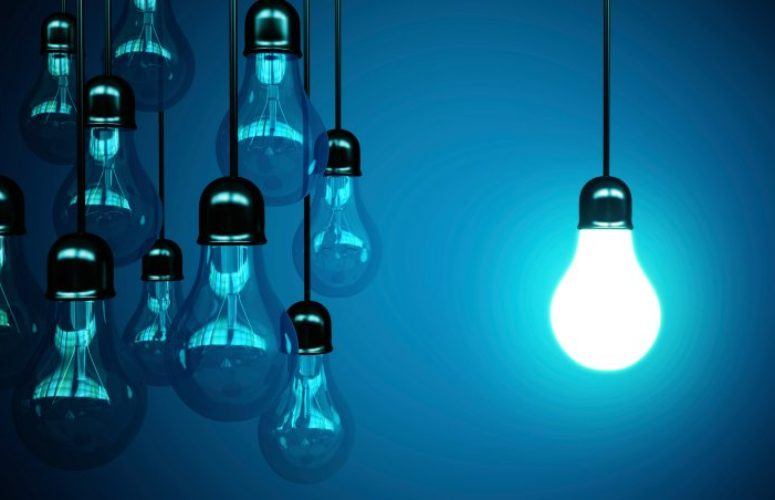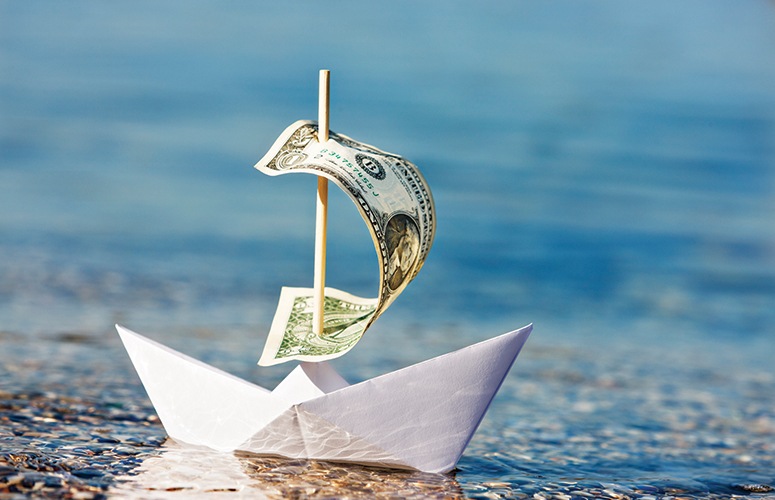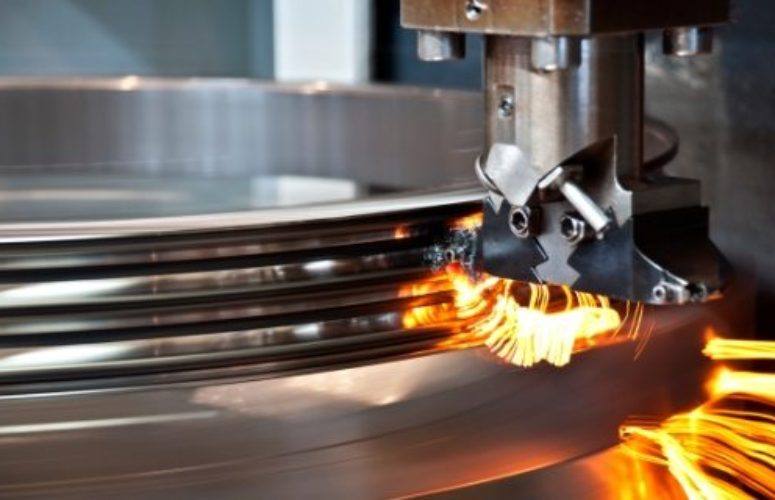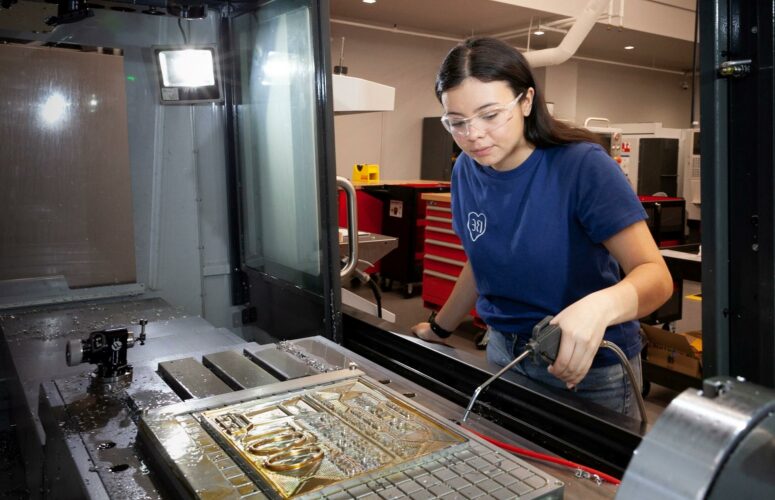
NJIT’s Sirkar Named a 2016 Fellow of the National Academy of Inventors
On Dec 23, 2016NJIT’s Kamalesh Sirkar, a distinguished professor of chemical engineering acclaimed for his innovations in industrial membrane technology used to separate and purify air, water and waste streams and to improve the quality of manufactured products such as pharmaceuticals, solvents and nanoparticles, has been named a 2016 Fellow of the National Academy of Inventors.
When he is inducted next year, Sirkar will join more than 750 inventors representing 229 research universities, government agencies and non-profit research institutions who, in the words of the Academy, “have demonstrated a prolific spirit of innovation in creating or facilitating outstanding inventions that have made a tangible impact on quality of life, economic development, and the welfare of society.”
Together, the 175 newest fellows are named inventors on 5,437 issued US patents, bringing the collective US patents held by all fellows to more than 26,000. These inventions have led to more than 8,500 licensed technologies and companies and created more than 1.1 million jobs, with over $100 billion in revenue generated based on their discoveries, according to the Academy.
Sirkar holds 29 US patents and three in Canada. He is best known for developing the concept of membrane contactors, a process that permits two phases that do not mix, such as two liquids or a liquid and a gas, to contact each other at the pores of a membrane – without dispersing into each other – in order to introduce or extract specific compounds across it. The technology is used, for example, to introduce carbon dioxide into beverages, to produce concentrations of oxygen at much less than 1 part per billion in ultrapure water needed for semiconductor production, and to extract valuable pharmaceuticals in aqueous-organic extraction systems, among other separation or purification processes.
He also developed a novel membrane distillation technology capable of converting sea and brackish water into potable water with a considerably higher water recovery rate than the standard method, reverse osmosis.
“Classical chemical engineering devices and techniques are large, energy-intensive and demanding to operate and scale up. Membrane-based devices are often an order of magnitude smaller, easy to scale up and operate and often consume less energy,” Sirkar says, adding, “These technologies present opportunities to significantly change the landscape of chemical engineering, and that is what continues to excite me about this field. There are so many problems to solve.”
Colleagues describe his co-edited Membrane Handbook, first published in 1992, reissued in 2001 and still in print, as a “must-have book for membranologists.”
He will be inducted next April as part of the sixth annual Conference of the National Academy of Inventors at the John F. Kennedy Presidential Library & Museum in Boston. Andrew H. Hirshfeld, the US Commissioner for Patents, will give the keynote address at the ceremony.
What most excites him about the upcoming ceremony, he says, is the chance to “get exposed to a variety of inventions and inventors advancing the frontiers in many fields of science, engineering and technology.”
Related Articles:





